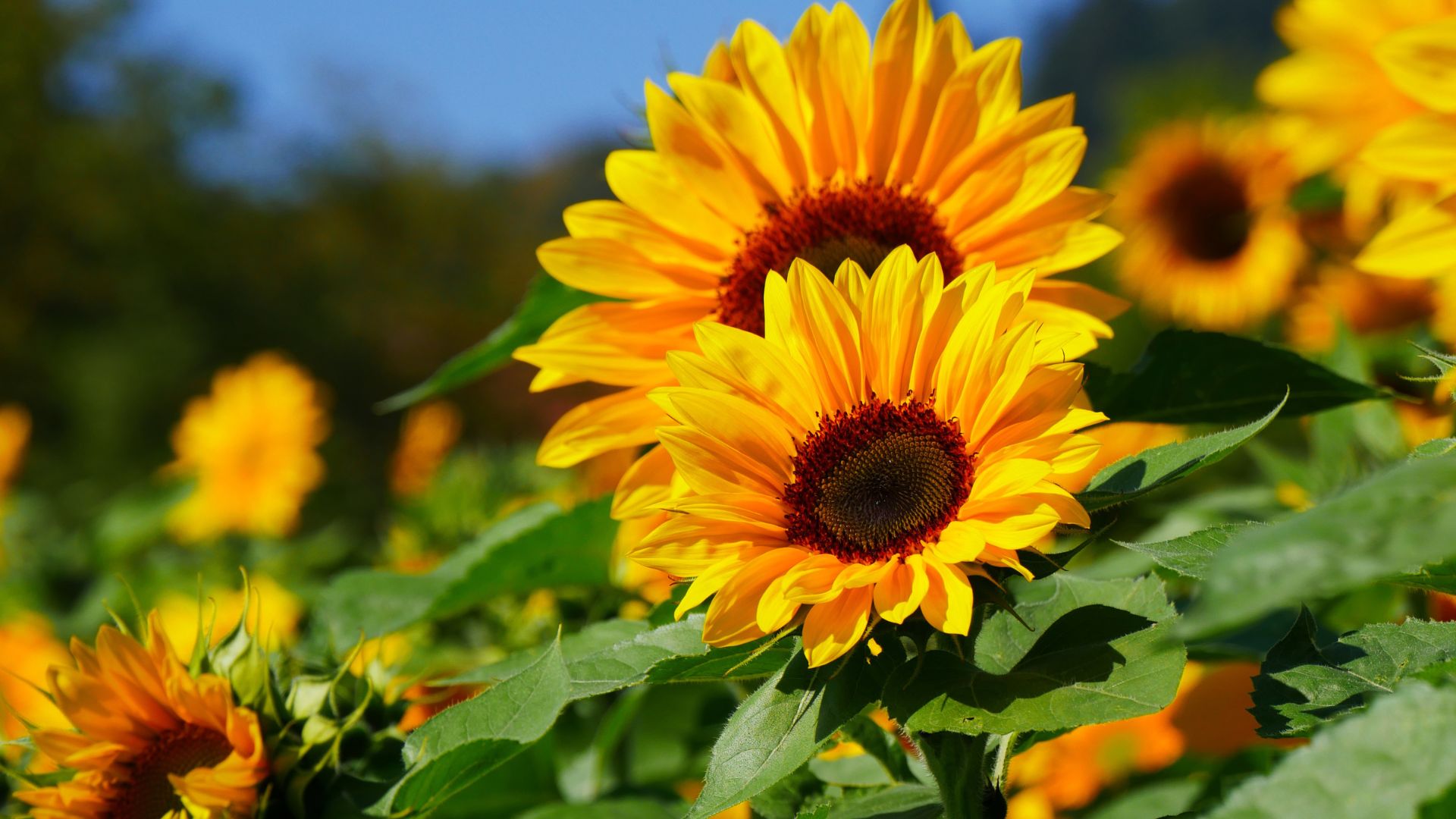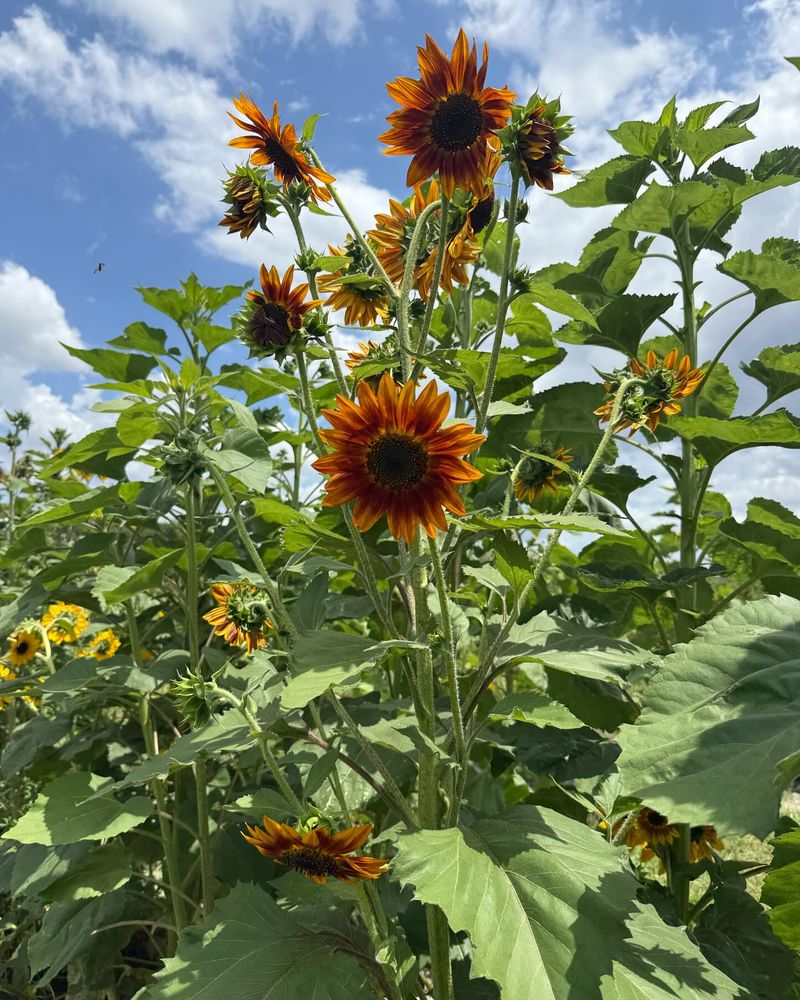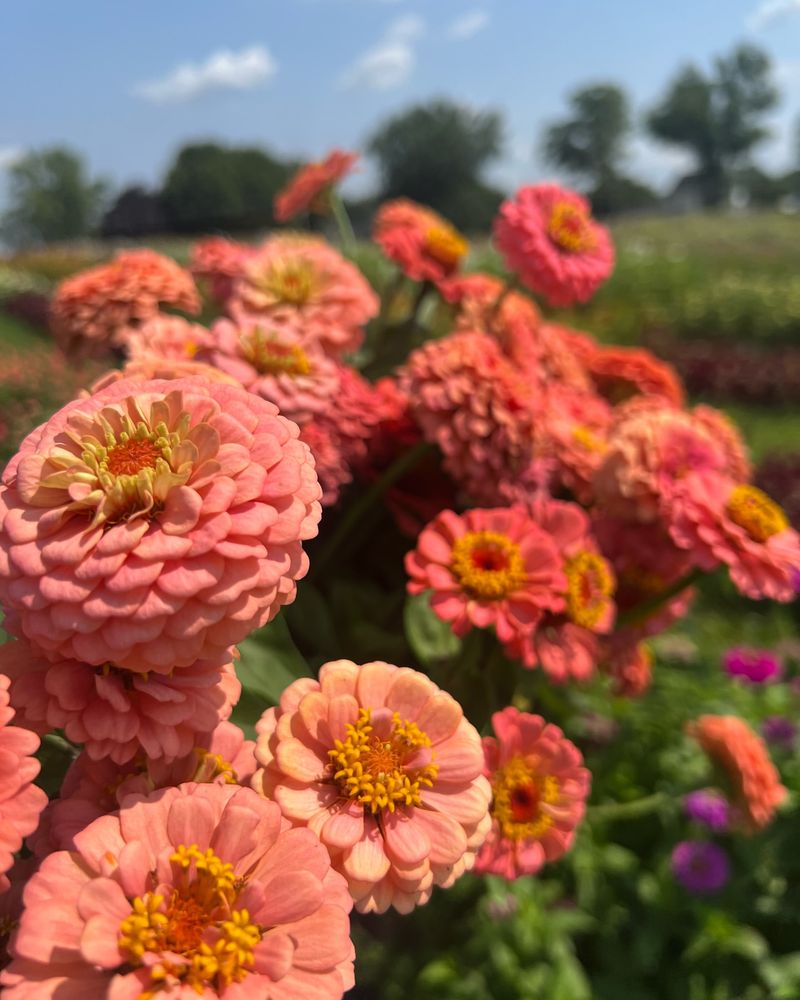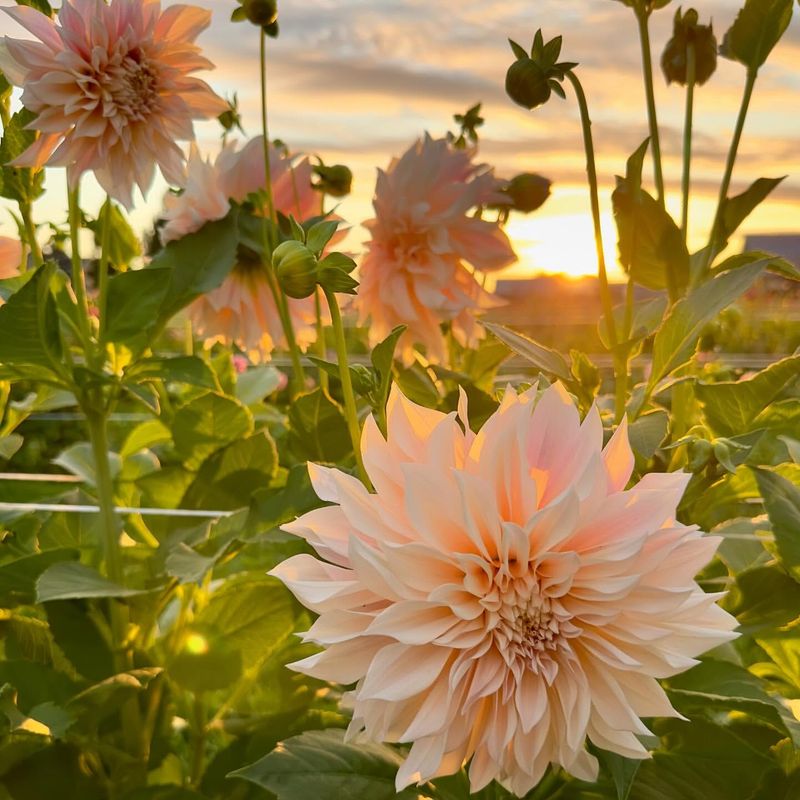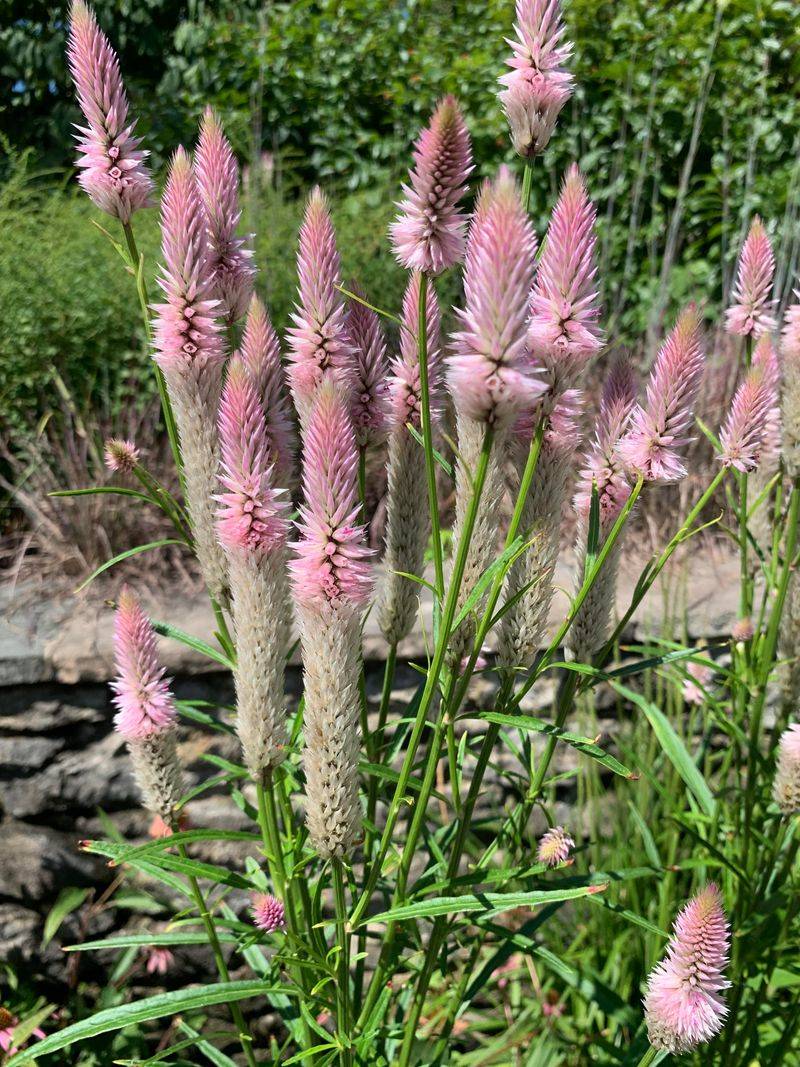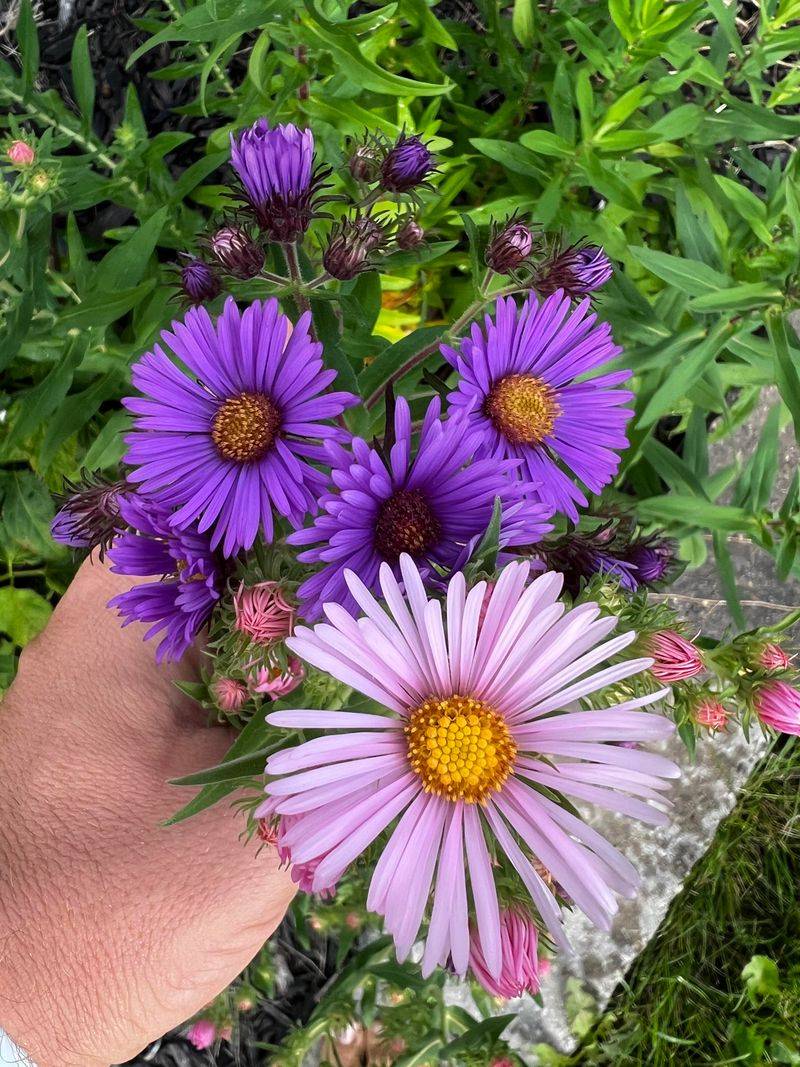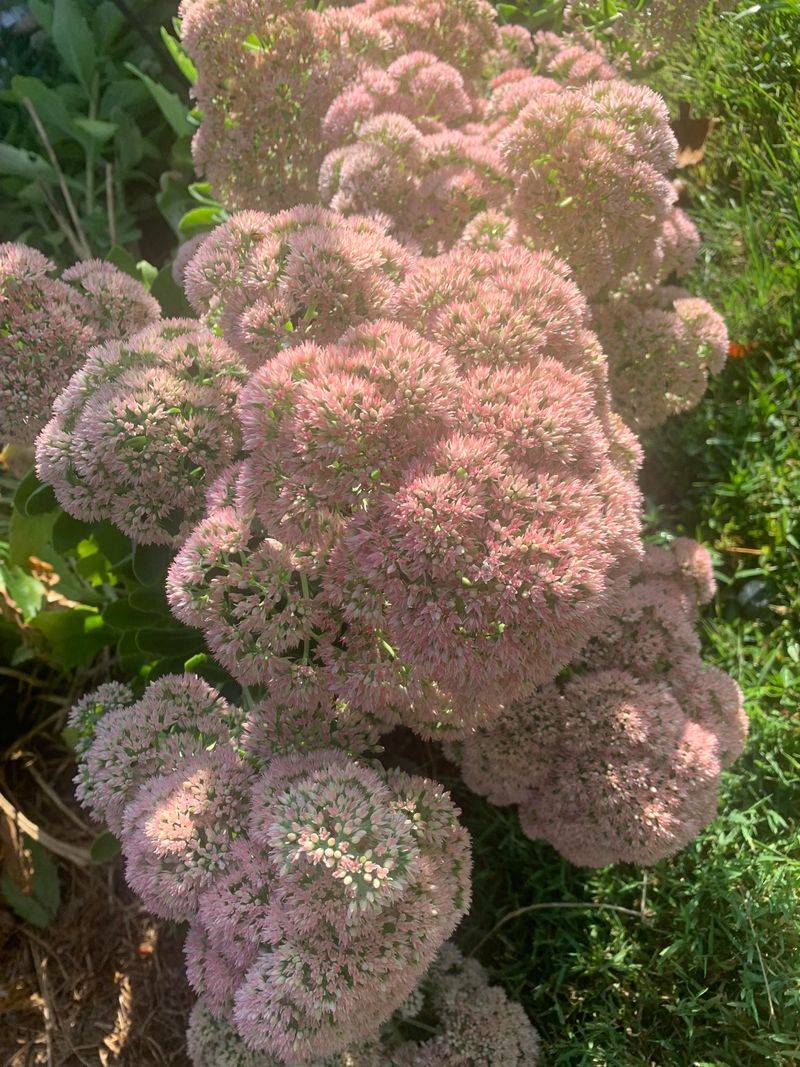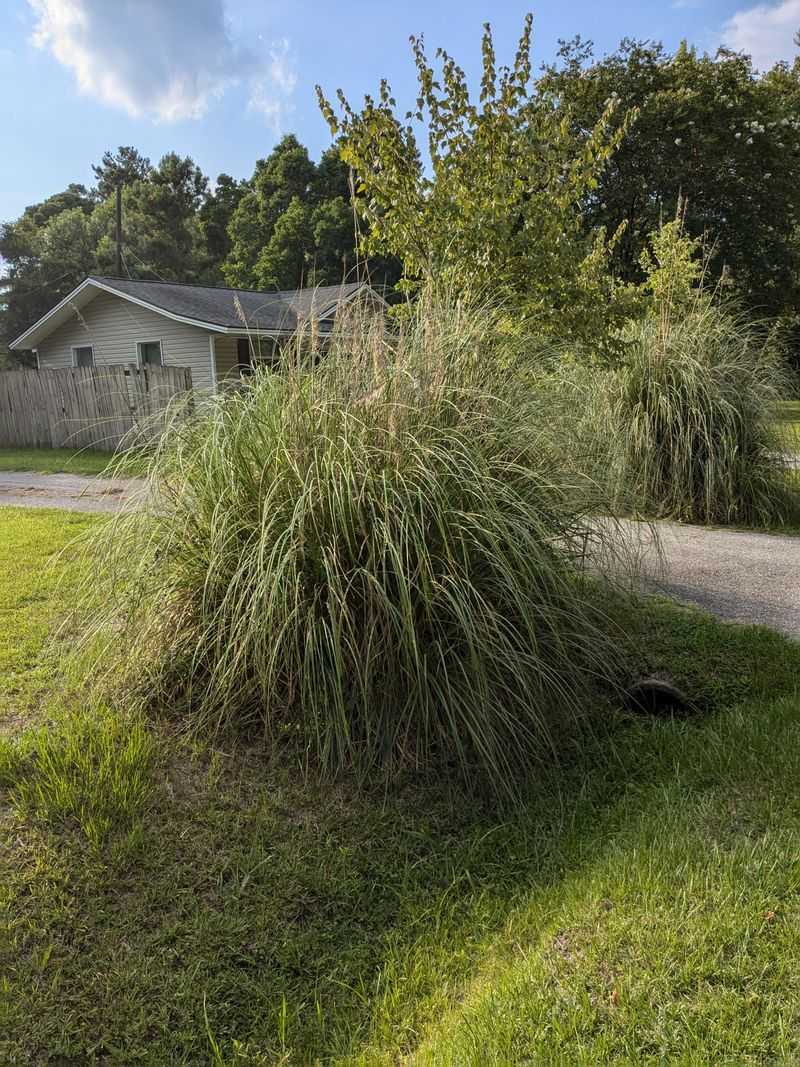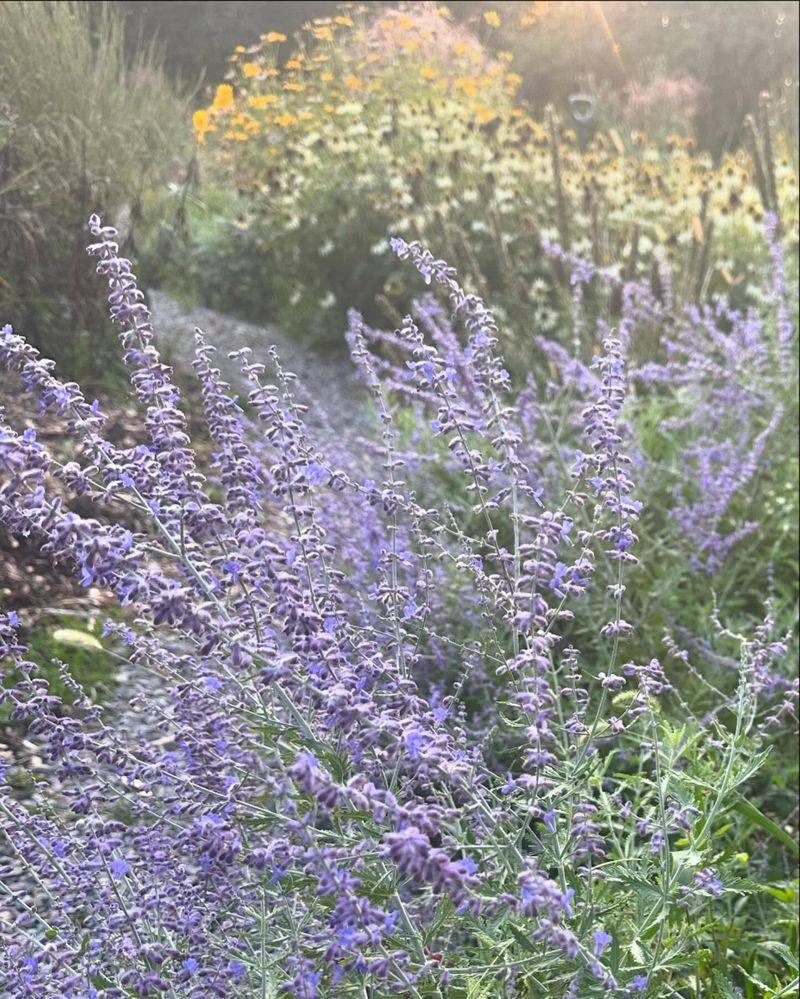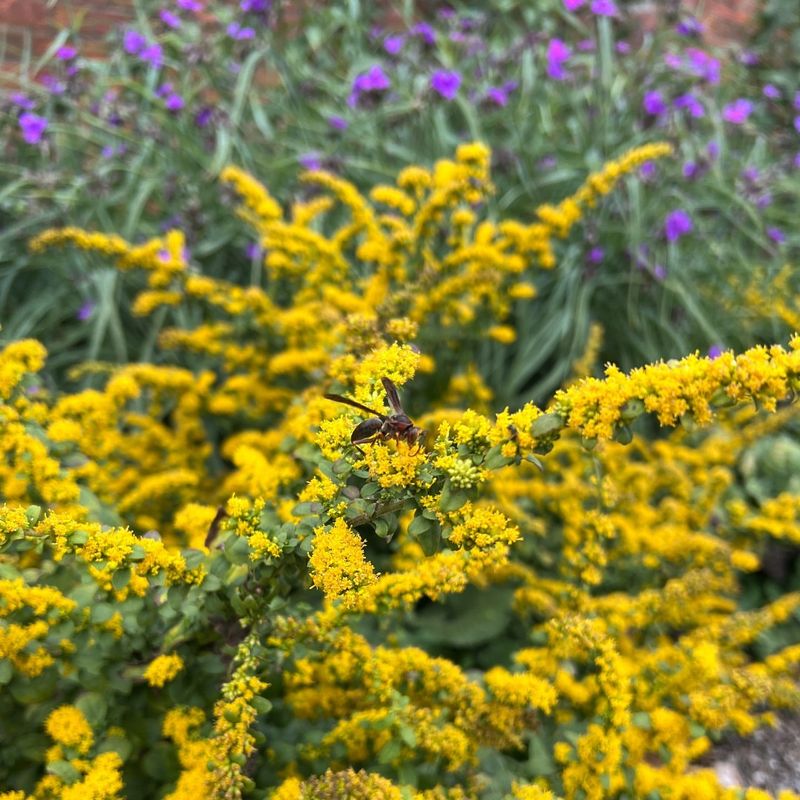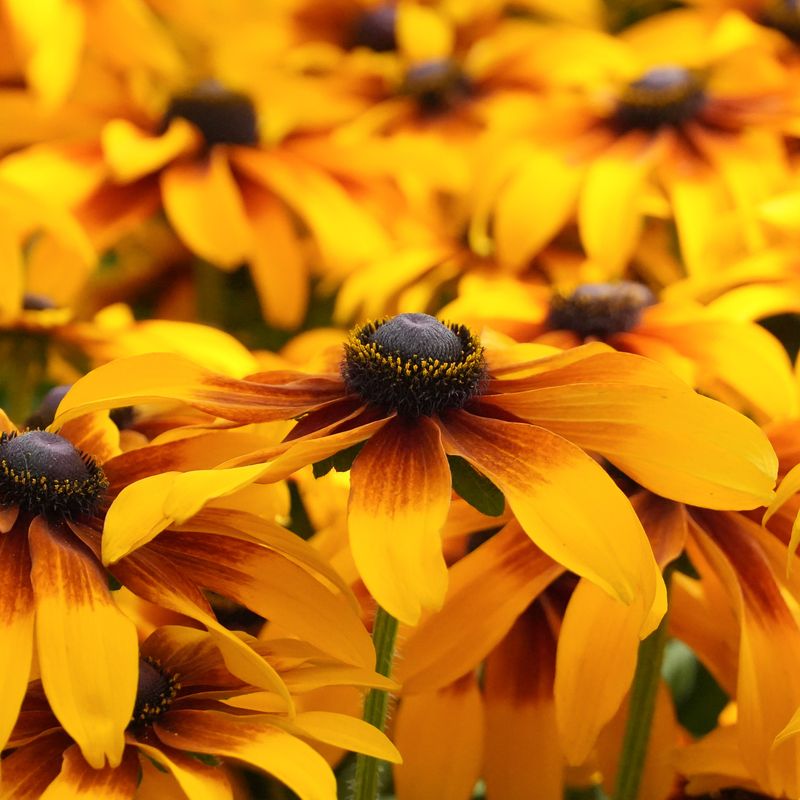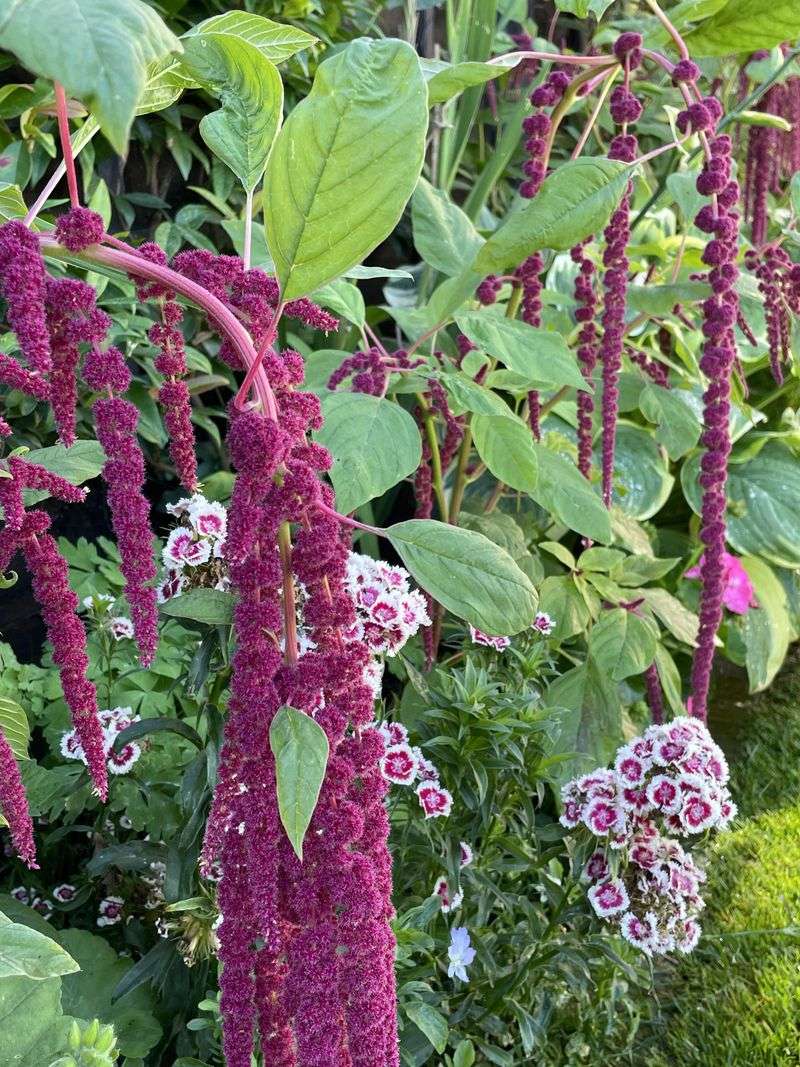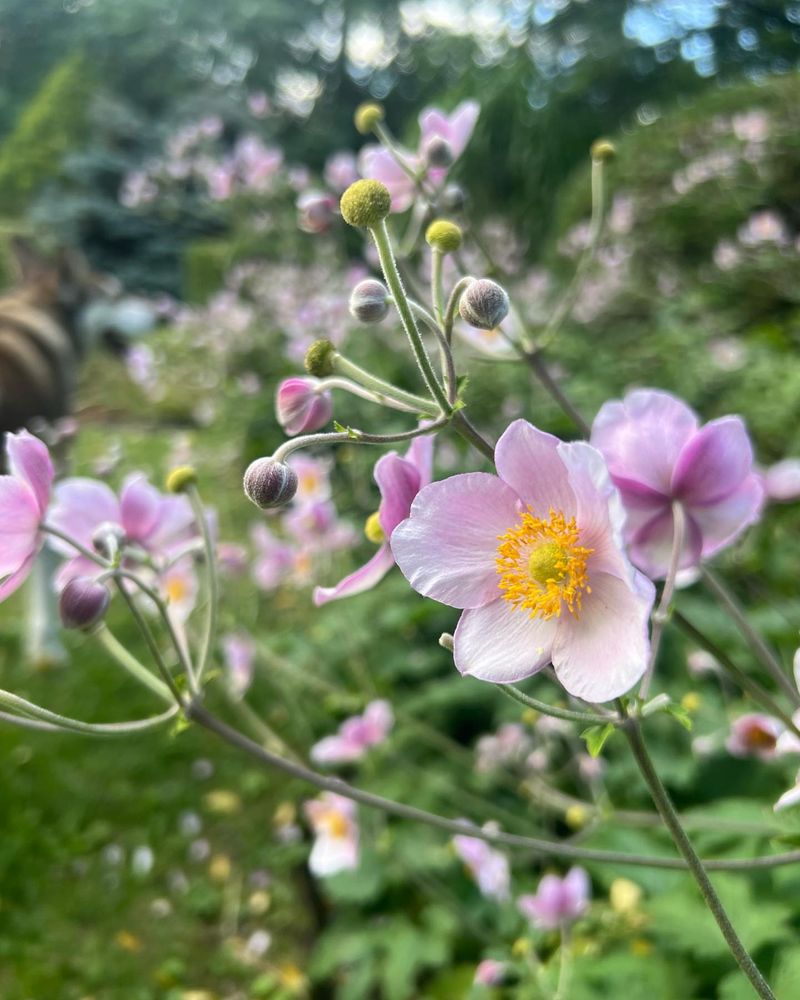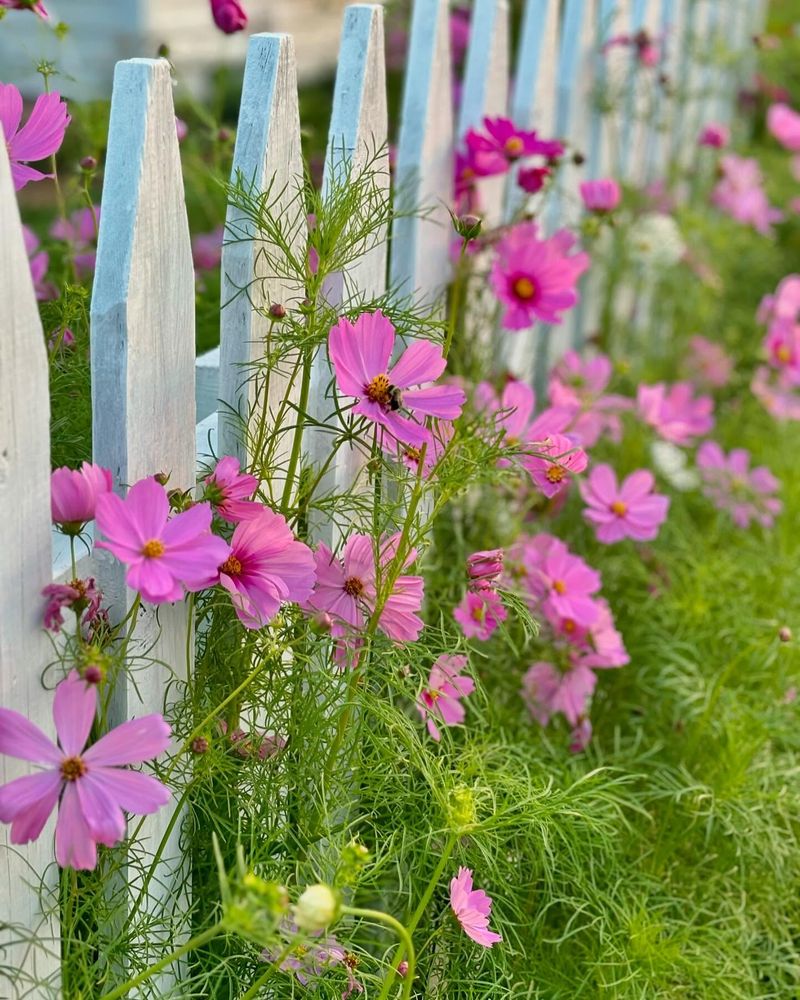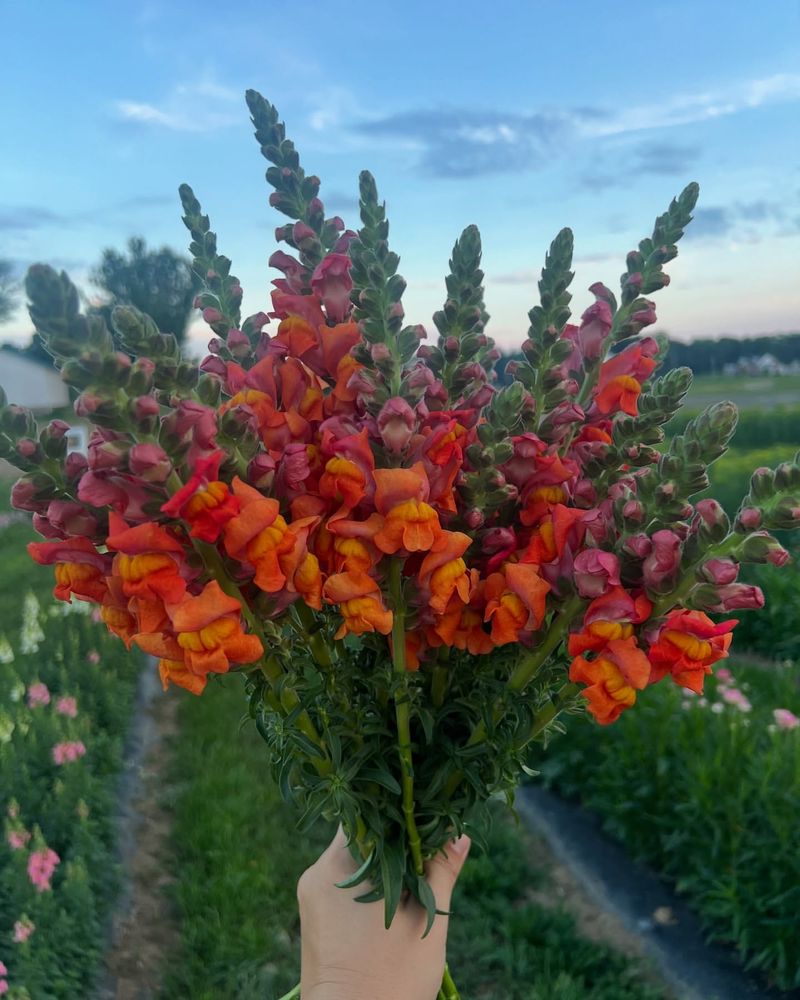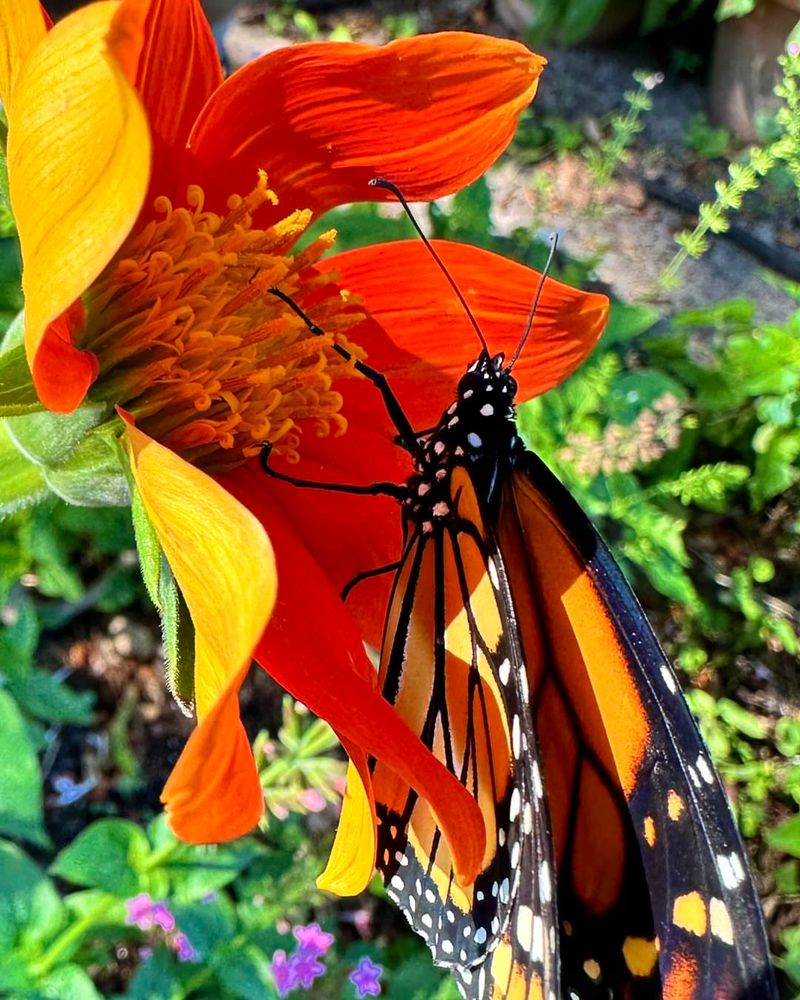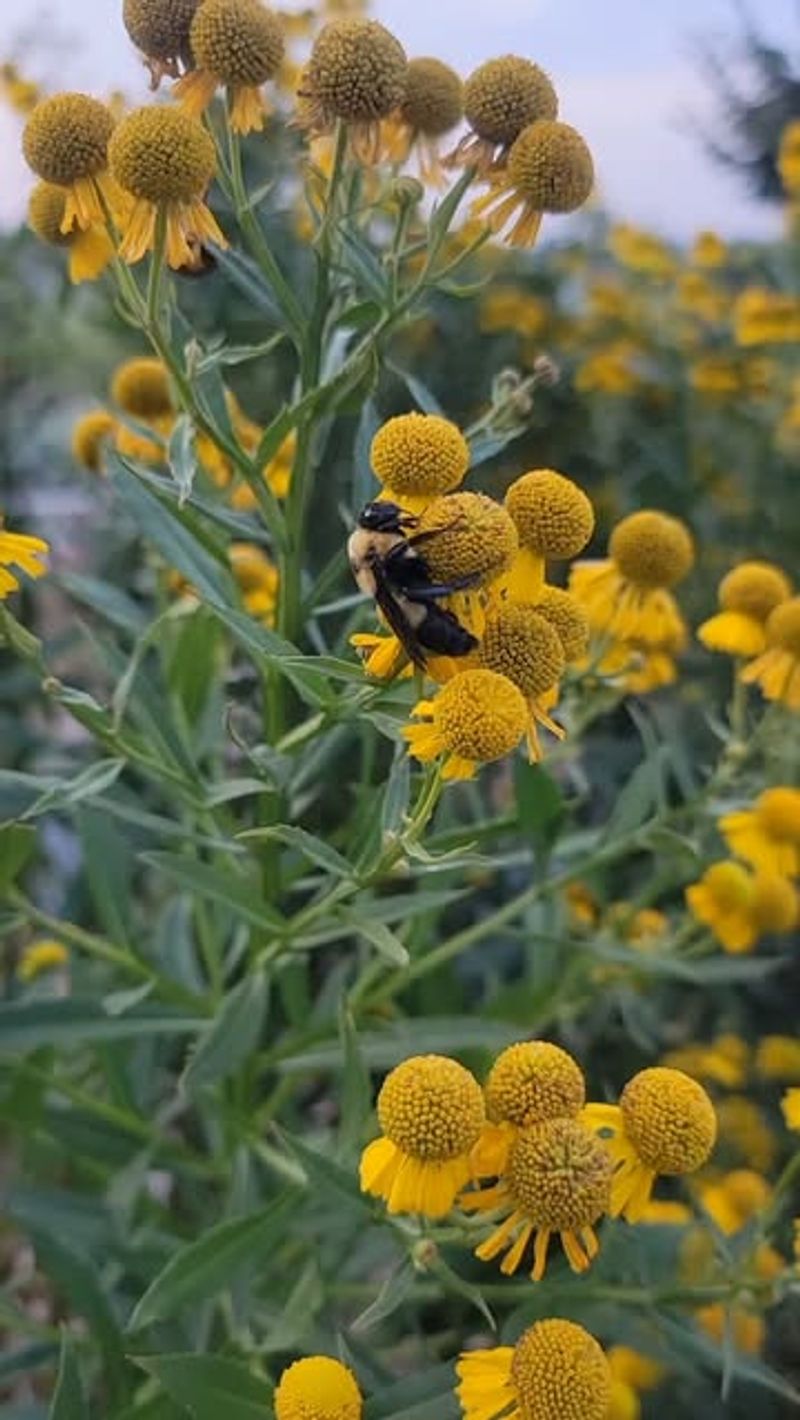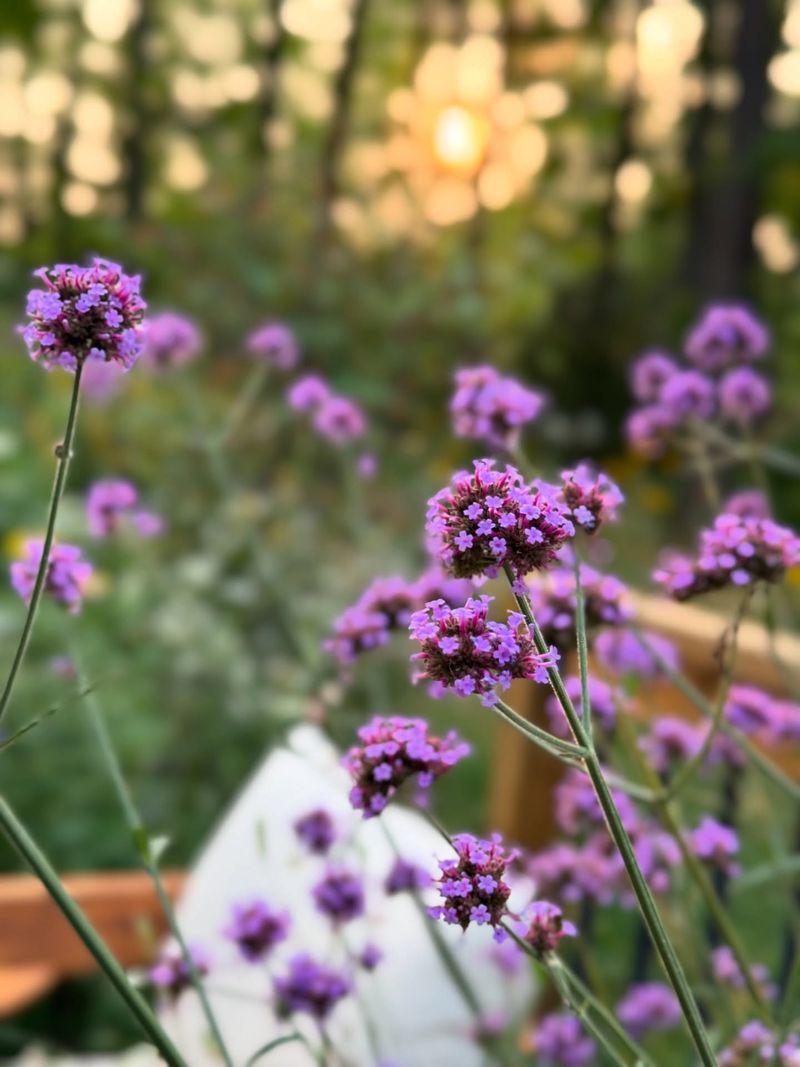Nebraska’s unique climate creates the perfect environment for growing stunning fall flowers that can brighten any home. With our state’s crisp autumn temperatures and generally sunny days, many blooms thrive well into October and November, giving gardeners plenty of cutting options.
I’ve spent years experimenting with different varieties in my Lincoln garden, and I’ve found that timing is everything when planning for fall arrangements. Mid to late summer is the ideal planting window for many autumn bloomers.
Whether you have acres of land or just a few containers on your patio, these flowers will provide you with armfuls of beautiful blooms to enjoy indoors when the weather turns cooler.
1. Sunflowers
Late-blooming varieties like ‘Autumn Beauty’ produce multiple branches with 4-6 inch blooms in rusty reds, golds, and bronzes. Their sturdy stems make them perfect for anchoring large arrangements.
Plant seeds now for October blooms. Nebraska’s full sun and well-draining soil create ideal growing conditions. Space seeds about 6 inches apart and 1 inch deep.
For continuous blooms, stagger your planting every two weeks through July.
2. Zinnias
Few flowers reward Nebraska gardeners with such abundant blooms for so little effort. Sow seeds directly in your garden after the last frost has passed, and they’ll keep producing until the first hard freeze.
Choose varieties like ‘Queen Red Lime’ or ‘Benary’s Giant’ for the strongest stems and longest-lasting cut flowers. The candy-colored blooms hold up remarkably well in vases.
Regular deadheading encourages more flowers throughout the season.
3. Dahlias
Starting dahlia tubers in pots now gives them a head start for spectacular late-summer and fall blooms. These show-stoppers come in endless varieties – from dinner-plate sized to tiny pompoms.
Nebraska’s hot summers and cool falls create the perfect conditions for these Mexican natives. The ‘Café au Lait’ variety, with its creamy peach blooms, makes an especially elegant addition to autumn arrangements.
Plant tubers 4-6 inches deep in well-drained soil.
4. Celosia
Often called cockscomb, these unique flowers add wonderful texture to fall arrangements. The velvety plumes come in fiery reds, oranges, and golds that perfectly complement Nebraska’s autumn landscape.
Plant seeds now for continuous blooms through October. Both the plumed and crested varieties dry beautifully, extending their usefulness long after cutting.
Give them full sun and moderate water, and they’ll reward you with armloads of blooms.
5. Asters
Native to Nebraska, asters provide essential late-season nectar for pollinators while offering gardeners beautiful cutting material. Their daisy-like flowers in purples, pinks and whites pair beautifully with autumn’s warmer hues.
New England asters (Symphyotrichum novae-angliae) are particularly suited to our climate. Plant them now in average garden soil where they’ll receive at least 6 hours of sun daily.
Pinch stems back until July for bushier plants with more flowers.
6. Sedum
Autumn Joy sedum begins blooming in late summer, with flower heads that transition from pale pink to rich copper. The succulent stems hold up exceptionally well in arrangements and can last over a week in water.
Already have some growing? Divide existing plants now to create more for your garden. Nebraska’s well-draining soils are perfect for these drought-tolerant perennials.
Plant in full sun for the strongest stems and most vibrant color development.
7. Ornamental Grasses
Nebraska’s prairies inspire the use of ornamental grasses in fall arrangements. Varieties like little bluestem, switchgrass, and feather reed grass add height, movement, and texture to bouquets.
Many reach their peak display in September and October when seed heads catch morning light. Harvest when plumes first emerge for longest vase life.
Plant now in full sun locations, spacing larger varieties 2-3 feet apart to allow for their mature width.
8. Russian Sage
Silvery-gray foliage and lavender-blue flower spikes make Russian sage a standout in both the garden and fall arrangements. The aromatic stems add a vertical element that complements rounder blooms.
Extremely drought tolerant once established, this perennial thrives in Nebraska’s hot summers and cold winters. Plant in the sunniest spot in your garden with well-draining soil.
Cut stems in morning when flowers are just opening for best results.
9. Goldenrod
Unfairly blamed for hay fever (ragweed is the actual culprit), goldenrod deserves a place in every Nebraska cutting garden. The bright yellow plumes appear from late summer through fall, adding sunshine to arrangements.
Several garden-worthy varieties like ‘Fireworks’ and ‘Golden Fleece’ offer more controlled growth than wild types. Native to our state, they’re perfectly adapted to local growing conditions.
Pair with purple asters for a classic fall combination.
10. Rudbeckia
Black-eyed Susans keep Nebraska gardens bright through the first frosts. The cheerful yellow flowers with dark centers last over a week in arrangements and combine well with almost any other fall bloom.
Perennial varieties can be planted now, while annual types like ‘Prairie Sun’ and ‘Cherokee Sunset’ can be sown directly in the garden. Look for rust-resistant varieties that perform well in our humid summer conditions.
Deadhead regularly to encourage more flowers.
11. Amaranthus
Love’s-lies-bleeding and other amaranth varieties produce dramatic, rope-like flower tassels that dangle elegantly in arrangements. Colors range from burgundy to green to gold, perfect for Nebraska’s fall palette.
Direct sow seeds now in fertile, well-draining soil. The plants grow quickly in our summer heat and will be ready to harvest by September.
Both fresh and dried, these unusual flowers add striking vertical interest to autumn bouquets.
12. Japanese Anemones
Graceful and ethereal, Japanese anemones bring a touch of elegance to fall bouquets. The papery petals in white or pink hover above the foliage on tall, wiry stems that dance in Nebraska’s autumn breezes.
Plant now in rich, moist soil in a location with morning sun and afternoon shade. They appreciate protection from our hottest afternoon rays but need good light to bloom well.
Expect flowers from August through October.
13. Cosmos
Cosmos continue producing their daisy-like blooms until frost, making them valuable late-season additions to Nebraska cutting gardens. The feathery foliage adds delicate texture to arrangements.
Sow seeds directly in the garden now for fall blooms. Chocolate cosmos, with their burgundy flowers and cocoa scent, make particularly interesting additions to autumn bouquets.
Provide full sun and average soil – they actually bloom better without rich soil.
14. Snapdragons
Many Nebraska gardeners don’t realize that snapdragons often rebloom vigorously in fall’s cooler temperatures after a summer slowdown. Their spiky form provides valuable vertical interest in mixed bouquets.
Plant seedlings now and pinch them back to encourage branching. Choose rust-resistant varieties that can withstand our humidity.
The ‘Rocket’ series offers especially tall stems perfect for cutting, while ‘Chantilly’ provides delicate, open-faced blooms in peachy tones.
15. Chrysanthemums
Garden mums differ from the florist types sold in fall displays. For cutting, look for varieties specifically labeled as “garden” or “hardy” mums that produce multiple stems with smaller flower clusters.
Plant now in full sun locations with excellent drainage. Nebraska’s challenging clay soils should be amended with compost to prevent winter rot.
Pinch plants back until July 4th for bushier growth and more flowers. ‘Sheffield Pink’ is an heirloom variety that’s especially lovely in arrangements.
16. Tithonia
Mexican sunflower (Tithonia) produces vibrant orange-red daisy-like blooms that attract butterflies and add fiery color to fall arrangements. The velvety stems and leaves add interesting texture to bouquets.
Direct sow seeds now in full sun and average soil. Nebraska’s hot summers are perfect for this heat-loving annual that will bloom until frost.
Growing 4-6 feet tall, these impressive plants need space but reward with dozens of stems for cutting.
17. Helenium
Often called sneezeweed (though it doesn’t cause sneezing), helenium produces daisy-like flowers in rich autumn hues of gold, orange, and mahogany. The unique petals that droop downward create interesting texture in arrangements.
Plant now in full sun and average to moist soil. Nebraska’s late summer heat brings out their best colors.
Pair with ornamental grasses and sedum for complementary textures. ‘Mardi Gras’ and ‘Ruby Tuesday’ are excellent varieties for cutting.
18. Verbena Bonariensis
Tall verbena produces clusters of tiny purple flowers on slender, wiry stems that seem to float above other plants. This architectural quality makes it invaluable in arrangements where it creates airy height.
Direct sow seeds now in full sun locations with average soil. Once established, it handles Nebraska’s occasional drought periods with ease.
The branching stems produce flowers continuously until frost, providing endless material for bouquets throughout fall.

